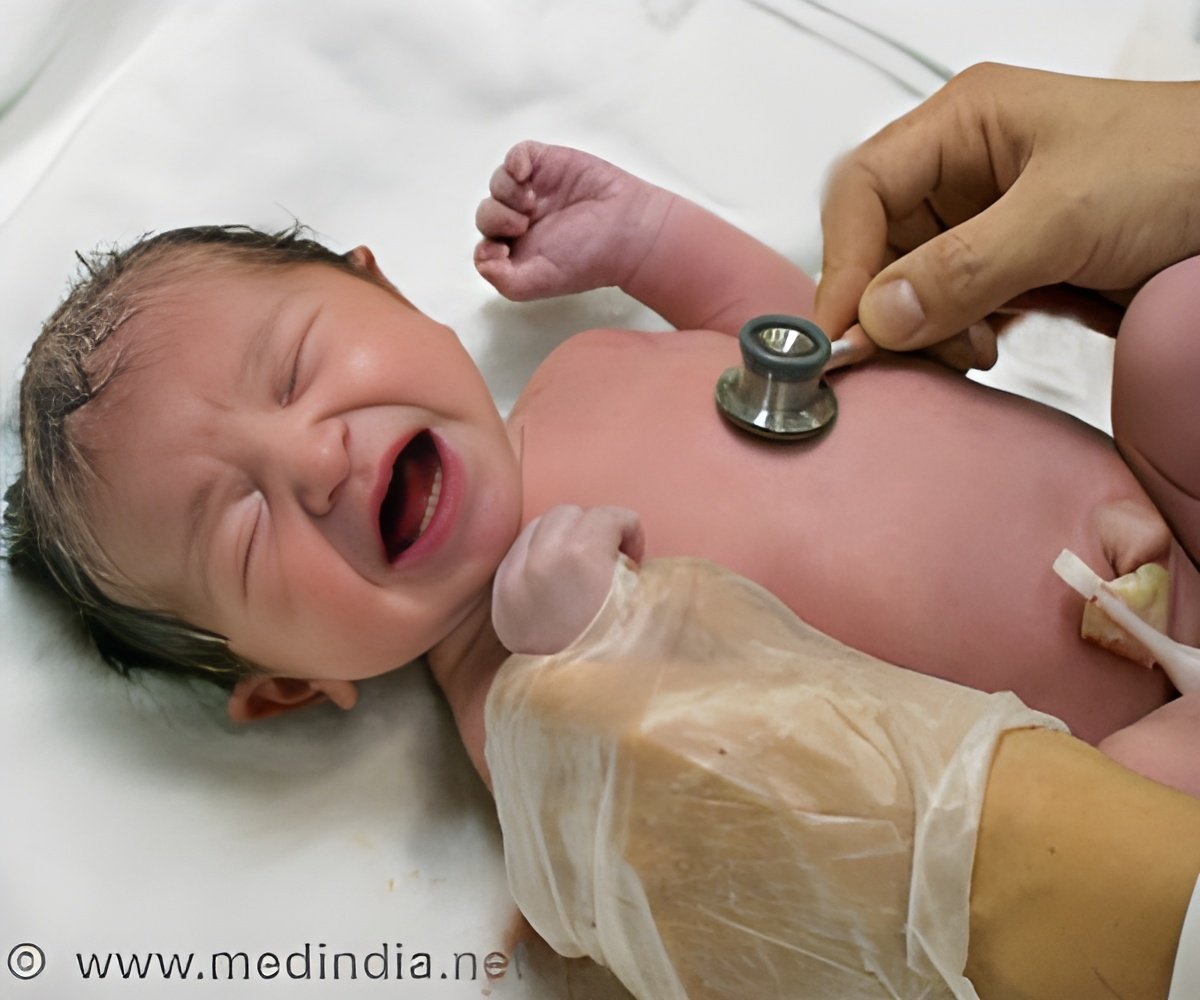A new report published in The Lancet suggests that the new international standards for fetal growth and newborn size can lead to accurate measurements of ideal growth.

"With these international standards, we will know when the nutrition and healthcare needs of the developing baby are not being met. Across the world, this will help identify signs of under-nutrition, stunting, wasting**, and overweight at an earlier stage to implement preventive actions to reduce long-term health problems, such as diabetes and hypertension."*
Currently, fetal growth and newborn size are evaluated around the world using over 100 different locally produced growth charts. They describe only how children grew in a particular population or region at a given time, rather than how a baby in the womb should grow when mothers have adequate health, nutrition, and socioeconomic status: the new international standards correct this situation.
Stephen Kennedy, one of the senior authors and Professor of Reproductive Medicine at the University of Oxford in the UK explained, "In one part of a city or country a fetus or newborn can be judged as small, but a healthy size in another. This can lead to inaccurate diagnosis and ultimately unnecessary, or a lack of appropriate, treatment."*
The INTERGROWTH-21st Project collected growth and size data, using the same equipment and methods, from eight diverse populations of babies born to 4607 healthy, well-nourished women in selected urban areas in Brazil, China, India, Italy, Kenya, Oman, the UK, and the USA. Women were selected based on an ideal environment for healthy growth, such as adequate nutrition, education, low environmental contaminants, and good healthcare.
To generate the first international standards for fetal growth, ultrasound scans were performed every 5 weeks from early pregnancy (14 weeks) to delivery to assess five growth measures—head circumference, biparietal diameter, occipitofrontal diameter, abdominal circumference, and femur length—using identical machines and measures in all countries.
Advertisement
According to Professor Villar, "These new standards allow, for the first time, international comparisons of newborn size from 33 to 42 weeks' gestation, complementing the existing WHO Child Growth Standards, which start at birth but do not differentiate according to gestational age. From now on, international standards can be used worldwide to make judgements on growth and size from conception to 5 years."*
Advertisement
Source-Eurekalert










